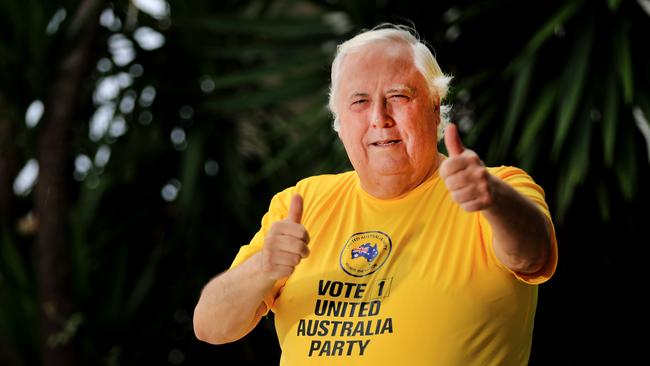Big election spenders to be restricted under ALP
Labor will seek bipartisan support to clamp down on “big money” in elections, placing caps on how much individual candidates can receive and how much a party can spend in each seat.

Labor will seek bipartisan support to clamp down on “big money” in elections, introducing reforms to parliament in September to place caps on how much individual candidates can receive and how much a party can spend in each seat.
Donations of more than $1000 would also have to be disclosed in real time, while the government will push ahead with truth in political advertising laws.
The overhaul of donation caps and electoral spending will form the centrepiece of the government’s reforms, amid concerns billionaires have tried to sway elections over the past decade through money and misinformation.
The Australian understands candidates will be able to receive tens of thousands of dollars a year and parties will be able to fork out less than $1m in individual seats, though figures were still being finalised. The reforms are likely to impact teal MPs, who were backed by multimillion dollar campaigns through Climate 200 to get elected, and billionaire Clive Palmer.
The reforms, if passed, wouldn’t begin until part way through the next term.
The government is also mindful of a possible High Court challenge on the grounds that the spending caps could limit political communication.
Financier Simon Holmes a Court’s Climate 200 outfit was the largest third-party spender at the 2022 federal election, parting with $13m to help teal candidates unseat six Liberal MPs.
The biggest donor was Mr Palmer’s company Mineralogy, which pumped nearly $120m into the United Australia Party to secure one Senate seat. In 2019, Mr Palmer’s company donated about $83m to the UAP.
The Australian reported last month that Labor won’t double Senate representation in the ACT and Northern Territory.



